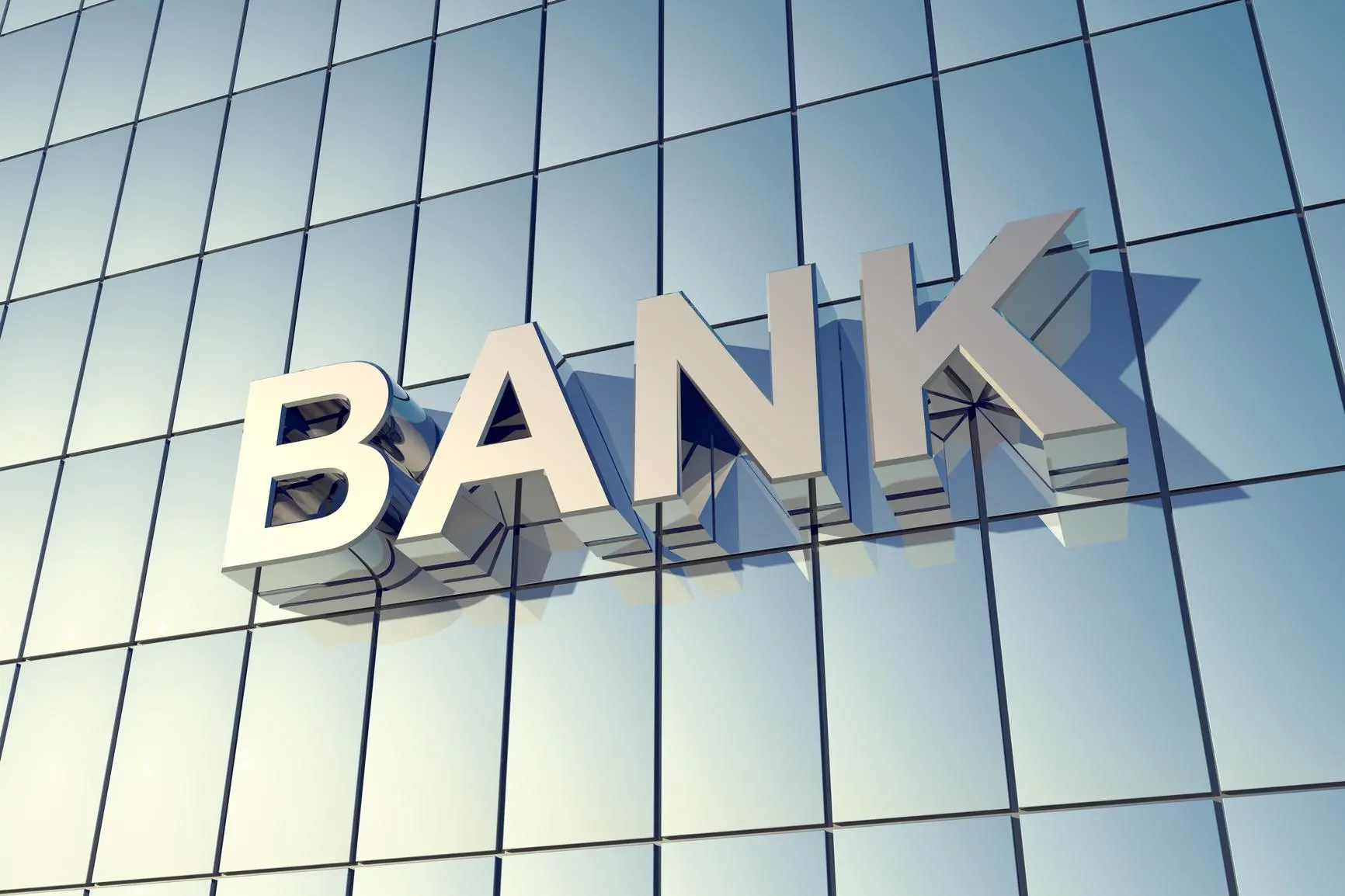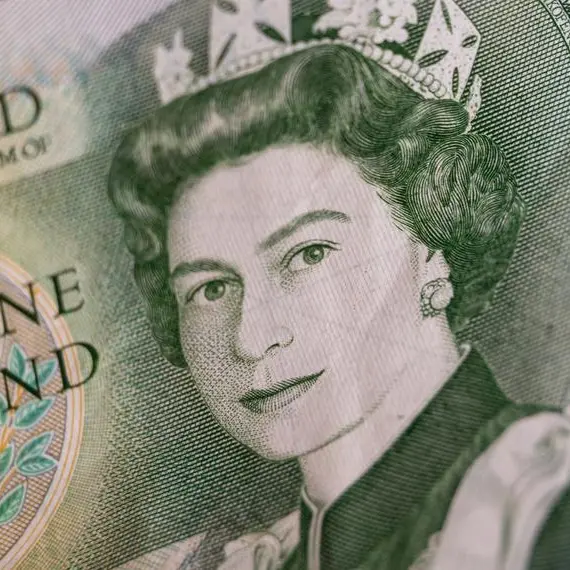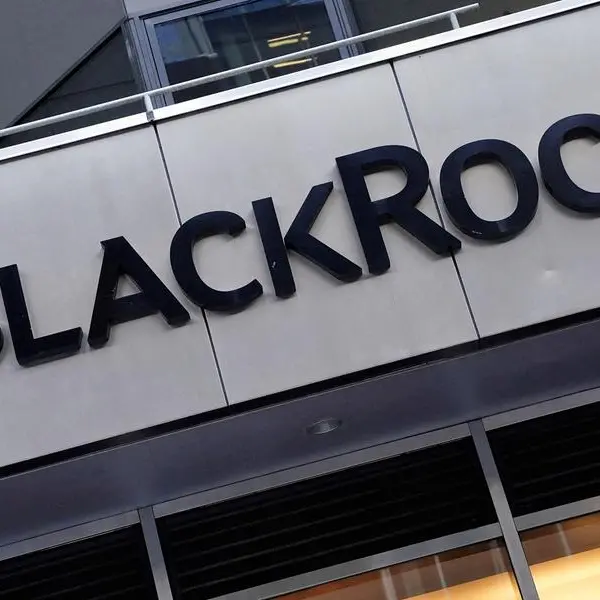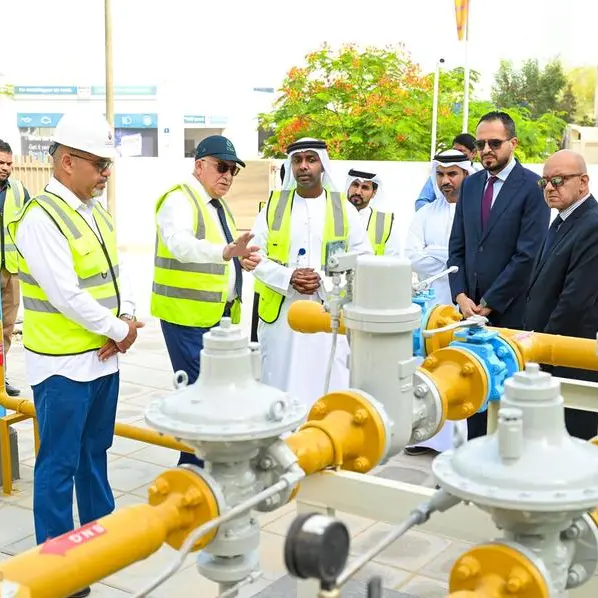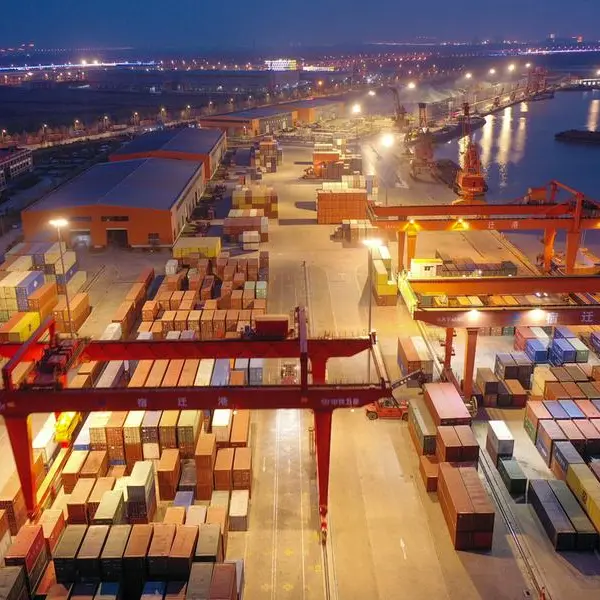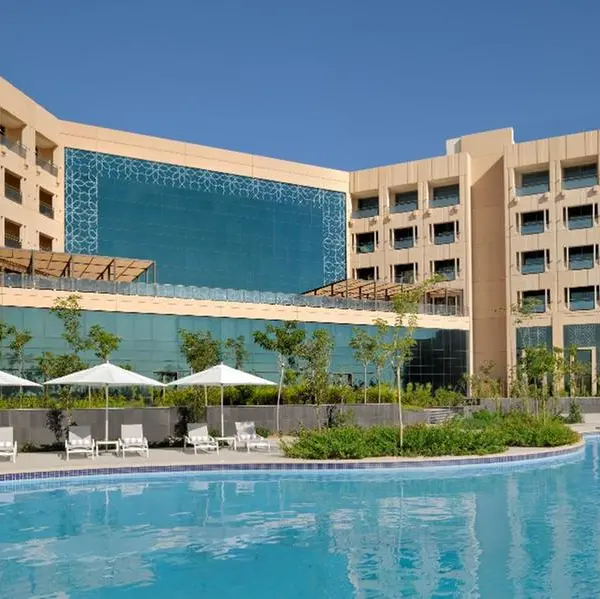PHOTO
GCC banks have a stable outlook for the next 12 to 18 months due to economic recovery in the region and higher oil prices, according to Moody’s.
“Economic growth in 2022 will reflect a gradual increase in hydrocarbon production and a strong recovery in other segments of the economy,” said Ashraf Madani, a vice president, senior analyst at Moody’s.
“Banks’ asset quality will remain high, even as non-performing loans rise slightly as repayment holidays expire.”
The banks’ credit profile is supported by high capital buffers, of between 25 and 30 percent of their assets, solid profitability and improving economic conditions, but risks to the stable outlook include unexpected fiscal measures, lower oil prices, and new COVID-19 variants leading to reintroduction of lock-down measures, the agency said.
However, regulatory measures and large infrastructure projects will support credit growth in 2022. For example, completing large infrastructure projects, such as stadiums for the FIFA World Cup in Qatar, and “giga-projects” in Saudi Arabia as part of its Vision 2030 programme, will drive credit demand and raise the private-sector debt.
The strong buffers are expected to remain steady and provide a shield against unexpected shocks. Loan performance will weaken when payment holidays expire, with the heaviest impact in the UAE and Bahrain, while it will be less pronounced in Qatar and Kuwait.
GCC governments have ample capacity to support banks in a crisis remains very high, thanks to large sovereign wealth funds, and their willingness to do so remains very high, Moody’s concluded.
(Writing by Imogen Lillywhite; editing by Brinda Darasha)
Disclaimer: This article is provided for informational purposes only. The content does not provide tax, legal or investment advice or opinion regarding the suitability, value or profitability of any particular security, portfolio or investment strategy. Read our full disclaimer policy here.
© ZAWYA 2021
